Will a “monetary bridge” be a long one? Will it span troubled waters? And will Chair Powell play Goldilocks or Grinch on Wednesday? Andrew Wilkinson, IBKR’s director of education discusses these topics and more with Steve Sosnick, chief strategist, and Jose Torres, senior economist.
Summary
Andrew Wilkinson
Welcome to this week’s Economic Podcast from Interactive Brokers. My name is Andrew Wilkinson. Joining me to discuss US economics this week is Steve Sosnick, Interactive Brokers chief strategist, and senior economist Jose Torres. Welcome, gentlemen.
Steve Sosnick
Hello Andrew. Hello Jose.
Jose Torres
Good morning, Steve. Good morning, Andrew. Great to be here.
Andrew Wilkinson
Morning. Well, it seems to be that the Santa Claus rally typically reserved for the stock markets has been offered also to the bond market. It just seems to be Christmas all around, holiday season all round for everything. Steve, does Powell play Goldilocks or Grinch when it comes to next week’s FOMC meeting, the final one of the year? And how hard might he push back against the idea of a March interest rate cut and further interest rate reductions in 2024?
Steve Sosnick
Here’s the way I view this. You know I’ve called Powell more than once “Goldilocks in a Suit”. And the reason I do that is because at his press conferences he usually tends to say what he’s gonna say, but then he kind of… I think he actually likes the reporters and likes the repartee and then usually backs off the message, you know. And when I think about his most strident messages, it’s usually, you know, particularly the Jackson Hole speech, it was him speaking to a camera in the middle of a prairie without any back and forth. I think this idea the Fed has, you know, that that has overtaken the market and overtaken the Fed has got about cuts coming down the pipe rapidly, I think has got to throw him off a little bit. I put this out on Traders Insight a couple of times, the change in expectations for Fed futures since the last FOMC meeting. So that was November 1st. So, I took the starting point as November 2nd prior to his speech. Actually, the immediate aftermath of his speech. Last week, and it’s backed off a little bit after the payrolls numbers, but we were looking we had moved the likely first cut forward from June to March; the fully priced in first cut from July to May; and pricing in five rate cuts instead of three for 2024. That all happened in the four or five weeks since the last FOC meeting. What has changed to make people that concerned about it? Some of it is the rally in the bond market, but all the Fed speakers reemphasized the 2% inflation target. We’re not at 2% yet. We’re making great progress, but we’re not able to see sustained 2% inflation. I don’t see how we see sustained 2% inflation as early as March. And so, where’s that cut coming from? And I’d like Jose, I’m curious for your point of view because you’ll provide a lot more solid economics behind this assertion, I hope.
Andrew Wilkinson
Well, well, I think Jose, he’s coined a phrase “the monetary policy bridge.” Before we cross that bridge, Jose, just give us some background on last weekend or sorry, last Friday’s, payroll data and then you can talk about this monetary policy bridge that Steve is inviting you to discuss.
Jose Torres
Sure. So, the headline details of the jobs report were very impressive, you know. Headline we got 199,000 new jobs. We had the unemployment rate dip from 3.9% down to 3.7%, and wages actually accelerated at the fastest pace since July — 0.4%. But when you look under the hood, this jobs report was particularly weak from a sectoral perspective. Out of those 199,000 new jobs, government and education and health services added 150,000 of them. When we look at the other sectors, it’s more cyclical sectors. Retail lost a lot of jobs, manufacturing probably would have lost jobs if it wasn’t for UAW. Transportation and warehousing lost jobs, professional and business services lost jobs, and a ton of sectors added beneath 10,000 jobs, so barely added any jobs at all.
Andrew Wilkinson
So, it looks a little weaker than might have been the case. So, tell us a little bit about how you’re addressing what Steve’s concerned there about going very, very quickly this pivot from rate increases to rate reductions?
Jose Torres
Right. So, if these cyclical areas start to lose jobs more rapidly early next year, that’s the scenario where perhaps some of those rate cuts can get pulled forward, right. And then the market of course is hoping for that from a liquidity perspective and that’s why market players have been dialing up odds of a rate cut in March. However, are companies laying off workers at large? No, they’re not. They’re right sizing. They’re focusing on efficiencies, productivity, the bottom line, trying to maintain margins through a challenging economic environment. Now we’re crossing the monetary policy bridge and it’s a particularly risky journey when we look back at history. And the bridge starts at peak Fed funds and ends at the first rate cut, and the hope the idea is that throughout that journey we don’t start losing jobs or start having some significant economic weakness, right? The idea is to bring economic growth slower and inflation down to 2% sustainably like Steve was saying earlier, while not losing a ton of jobs or seeing consumer spending totally fall off a cliff. So far so good. As I said, with the jobs report, these cyclical areas, construction, manufacturing, retail, finance, leisure and hospitality, if these sectors start to go negative and start to lose jobs while we’re on that monetary policy bridge, then consumer spending is going to decelerate significantly. We’re already seeing it in fourth quarter. We’re already seeing consumer spending decelerate in the short term, but if we start seeing job losses, and the unemployment rate starts to go above 4% early 2020, that could be, that will be a risky scenario for markets next year.
Steve Sosnick
So, if you’ve got, so if I may. So, if you’ve got a bridge to sell us here, Jose, the question is, is it a, you know, is it just a little short hop over a narrow river or is it like the Causeway over Chesapeake Bay? How big is that? How big is that bridge?
Jose Torres
The bridge is particularly long, and the reason is, back in 2021, when the Fed thought that inflation would just go away quickly, and it was trending the transitory phenomenon, right, and then inflation surged to really high levels. That puts the Fed in a position now where they really have to make sure that they’re getting this right and there’s not a lot of wiggle room for error due to the mistakes made in 2021. And because of that and to your earlier point of sustainably being at 2%, that’s why I think Powell has been pushing back against rate cuts and he always says it’s premature that he talking about rate cuts at this juncture. Also, remember we have the SEP coming out on Wednesday and that comes out at 2:00 before the press conference. But if that only shows two cuts in 2024 versus the markets expectation of five, that could definitely spark volatility both for stocks and bonds.
Steve Sosnick
So great. You’re calling Grinch instead of Goldilocks.
Jose Torres
I am because there’s too much risk at this juncture to allow financial conditions to loosen further, right? We have risks that the labor market could start to heat up and services inflation could come back. Oil has been very cooperative, and that’s probably why we’re gonna get a doughnut CPI this week. Again, because oil has been very cooperative. Financial conditions start to loosen, or oil will start to spike again. Now all of a sudden, you’re incrementally delaying those rate cuts that the market wants.
Andrew Wilkinson
So, Steve, who’s likely to be correct here? Equity investors hoping for that soft landing or fixed income traders projecting big rate cuts. And therefore, a hard landing. Or you can say neither or both.
Steve Sosnick
I think the right answer is somewhere in between, actually. I mean, I think we’re in for… Someone asked me last week how I would project it and I said I think it’ll be a bumpy landing because I think that there will be elements of both. There are gonna be times we’re gonna get fooled into thinking it’s a soft landing. And I think that’s kind of what happened, let’s say, in much of November when we did the huge turn around after last FOMC meeting, but at the same time stocks were so enthused about the idea of rate cuts while bonds were projecting the something that could no way be considered a soft landing. And so, I think until we figure out which the right answer is, they both have the propensity to be wrong because I think the answer is gonna be some of each. Because the soft landing scenario is sort of a dream scenario, right? We’re gonna get liquidity back, it’s gonna affect jobs as people are gonna still be employed, but inflation’s gonna come down. To some extent that is playing out, but it’s hard to believe that that is the end game without any hiccups in the middle. And I do think as you know, we’ve backed off some of the hard landing scenario a little bit because you know the rate cut expectations have gone from let’s say 75% in March to about 40-something percent this morning in March. And we’re talking about more like 4 and a quarter rate cuts put in instead of like over 5, so we have backed off some of the most egregious scenario there. So, it really depends on whether the liquidity addicted stock market gets what it wants as to, you know, will almost be the answer of whether it’s a soft landing or not from a stock point of view.
Jose Torres
October was an important inflection point because what we saw is I calculate that that’s when excess pandemic savings went to zero, ran out. At the same time, student loan repayments came back, you know, so and we’re seeing GDP, you know, slow down significantly. Third quarter it was so high. I don’t even remember it. Was like 5%.
Steve Sosnick
It was 5.2.
Jose Torres
Yeah. Now we’re at 1.2%. According to Atlanta GDPNow, right. So, we’re cooling down sharply. But the question is, can we stay between too hot and too cold while we’re on that monetary policy bridge? And that’s the risk. That’s the risk. [laughs]
Steve Sosnick
There we go. Yeah.
Andrew Wilkinson
Gentlemen, I get the impression that we’re going to have plenty of time to discuss this on the bridge next year, and we’ll probably cast the line out and see what bites on the hook. Steve Sosnick, Jose Torres, thank you both very much for joining us today for this week’s Economic Podcast. And we’ll see you in January.
Steve Sosnick
Take care, Andrew. Take care, everybody.
Jose Torres
Terrific. Happy New Year everyone.
Andrew Wilkinson
Thanks everybody. Don’t forget to look out for more podcasts at ibkrpodcasts.com and all the educational offerings we have at www.interactivebrokers.com.
Disclosure: Interactive Brokers
The analysis in this material is provided for information only and is not and should not be construed as an offer to sell or the solicitation of an offer to buy any security. To the extent that this material discusses general market activity, industry or sector trends or other broad-based economic or political conditions, it should not be construed as research or investment advice. To the extent that it includes references to specific securities, commodities, currencies, or other instruments, those references do not constitute a recommendation by IBKR to buy, sell or hold such investments. This material does not and is not intended to take into account the particular financial conditions, investment objectives or requirements of individual customers. Before acting on this material, you should consider whether it is suitable for your particular circumstances and, as necessary, seek professional advice.
The views and opinions expressed herein are those of the author and do not necessarily reflect the views of Interactive Brokers, its affiliates, or its employees.
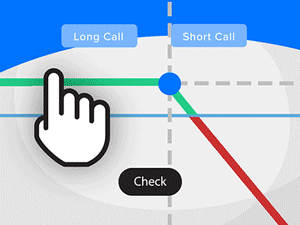






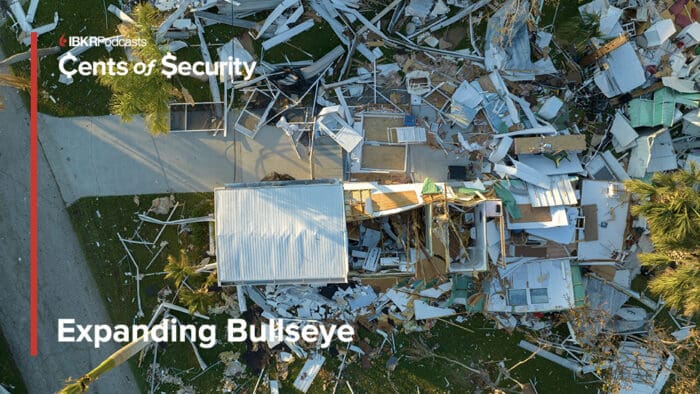
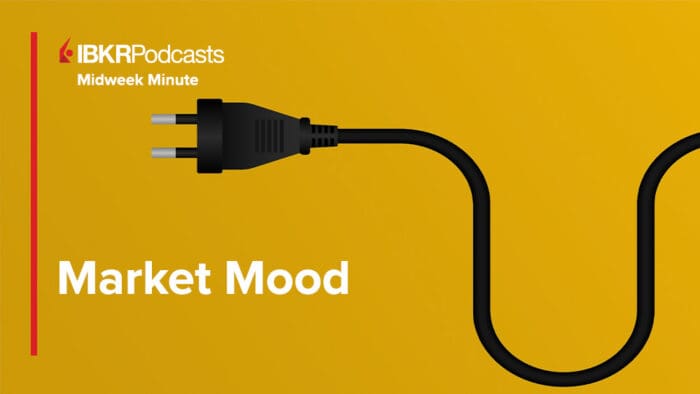

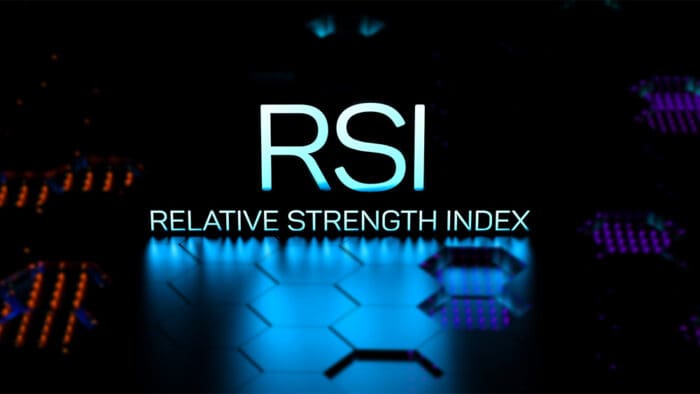

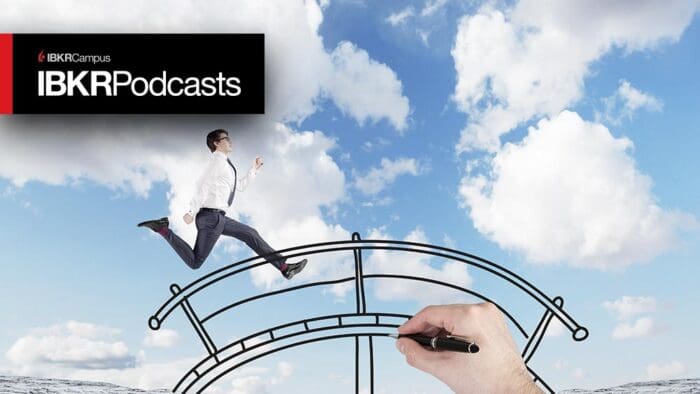

Join The Conversation
For specific platform feedback and suggestions, please submit it directly to our team using these instructions.
If you have an account-specific question or concern, please reach out to Client Services.
We encourage you to look through our FAQs before posting. Your question may already be covered!